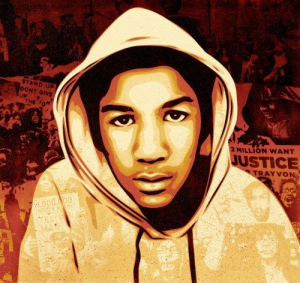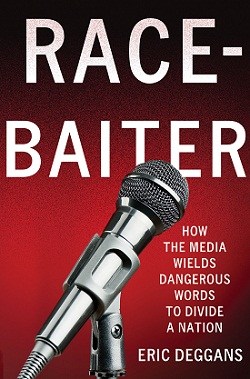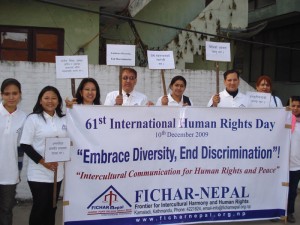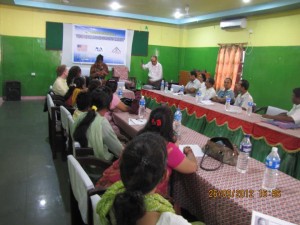Rules and Regulations for PM + Impacts
Public concern regarding air quality issues was brought to the Environmental Protection Agency (EPA) and the New Jersey Department of Environmental Protection’s (NJDEP) attention on many occasions. For instance, in 2010, environmental groups and government agencies raised a number of issues through lawsuits and petitions for reassessments of the rules pertaining to air quality standards.
In response to several petitions formed by these groups and agencies, the EPA validated new amendments to the National Emissions Standards for Hazardous Air Pollutants (NESHAP) for Stationary Internal Combustion Engines (RICE) on Jan. 14, 2013. These amendments address public concerns regarding cost effectiveness, achievability, and protectiveness of both people and the environment. These finalized amendments require the use of cleaner fuel, such as ultralow sulfur Diesel (ULSD), as opposed to Diesel fuel, which will contribute to reducing the risks of particulate matter (PM) and sulfur dioxide (SO2) emissions.
According to environmental engineer, Bill Etherington, who specializes in Diesel Inspection and Innovative Strategies for the NJDEP, the health effects of particulate matter emissions from engines fueled by Diesel is an important issue for all New Jersey citizens.
As confirmed by Dr. Nicky Sheats, Dr. Etherington also stated that Diesel powered engines, powering both on-road vehicles and off-road equipment, tend to be concentrated in the urban environments. He states that the Bureau of Mobile Sources regulates the emissions from both on-road vehicles and off-road equipment.
Referring to the NJDEP page on air toxicity, (http://www.nj.gov/dep/airtoxics/njatp.htm), the Air Toxics Steering Committee (ATSC) was formed in 1987. The primary purpose of the committee was to collaborate with other agencies and representatives of various NJDEP programs, all of whom were dealing with different issues pertaining to air quality.
Additionally, the agencies participating in the air quality program also represent the Office of Science; Air Compliance and Enforcement; Office of Policy and Planning; Environmental Justice Program; Office of Local Environmental Management; Office of Pollution Prevention and Right to Know; and the Department of Health. Even today, the Steering Committee continues to meet on a regular basis, to analyze the air toxicity problem in New Jersey, address qualitative matters, and to develop strategies of prevention.
Subsequently, the USEPA established annual and 24-hour National Ambient Air Quality Standards (NAAQS) for PM2.5 in 1997, and then revised them in 2006. The states are required to establish programs that will help them meet the air quality standards. On December 18, 2007, New Jersey submitted its recommendation of nonattainment areas in New Jersey to the USEPA. Then on December 26, 2012, the State of New Jersey requested to re-delegate the New Jersey portion of the nonattainment area, with emissions inventories from New York to New Jersey to Connecticut.
In response to this, the NJDEP proposed a revised protection plan for the areas as a SIP revision to ensure continued air quality attainment. In a supplemental submission to EPA on May 3, 2013, the State of New Jersey submitted NH3 and VOC emissions inventories to supplement. Specific details regarding EPA’s analysis of New Jersey’s SIP can be found in the proposed rulemaking published in the Federal Register on June 27, 2013.
In regards to this proposal, EPA received supportive feedback from two sources. There are no known opposing sources on the matter.
Incidentally, as indicated by the information on the NJDEP’s Stop the Soot site (http://www.nj.gov/dep/stopthesoot/), Dr. Etherington gave some brief insight on the bureau’s activities. The site provides basic details on:
• The Diesel Inspection and Maintenance (I/M) Program: requires annual and periodic roadside emission inspections of diesel powered on-road vehicles. The Diesel I/M program was established by law in 1995.
• The Mandatory Diesel Retrofit Program (directed by the Diesel Retrofit Law): requires installation of particulate emission control devices on vehicles such as school buses, commercial buses, publicly owned or publicly contracted solid waste collection vehicles (trash trucks), and publicly owned on-road vehicles and off-road equipment ( all vehicles certified by the USEPA).
• Voluntary Diesel Demonstration Projects: involves installation of emission reduction devices on on-road vehicles and off-road equipment.
• Vehicle Idling Restrictions for both diesel and gasoline powered vehicles.
• The New Jersey Clean Construction Program: establishes a program to install pollution control devices on off-road construction equipment used on selected N.J. Department of Transportation (NJDOT) construction projects.
Altogether, these rules and regulations have received mostly positive feedback; especially in regards to the Diesel Retrofit program. The implementation of this program was unanimously agreed upon by industry, public and several State government agencies. It is believed to be a good indicator to the improvement of air quality and public health in New Jersey (This rule adoption can be viewed on the NJDEP website at http://www.state.nj.us/dep).
Some of the commenters/supporters are:
• James Blando of the New Jersey Clean Air Council
• Kevin F. Brown with Engine Control Systems
• Bradley L. Edgar with the Cleaire Advance Emission Controls
• Julian Imes with Donaldson Filtration Solutions
• Carol Katz with the Katz Government Affairs, on behalf of the Bus Association of New Jersey, and
• Dr. Nicky Sheats with the Center for the Urban Environment, on behalf of New Jersey Work Environment Council, New Jersey Environmental Justice Alliance, GreenFaith, and New Jersey Environmental Federation.

 We’ll be using Eric Deggan’s new book
We’ll be using Eric Deggan’s new book  spend a week in Nepal at the behest of the
spend a week in Nepal at the behest of the 